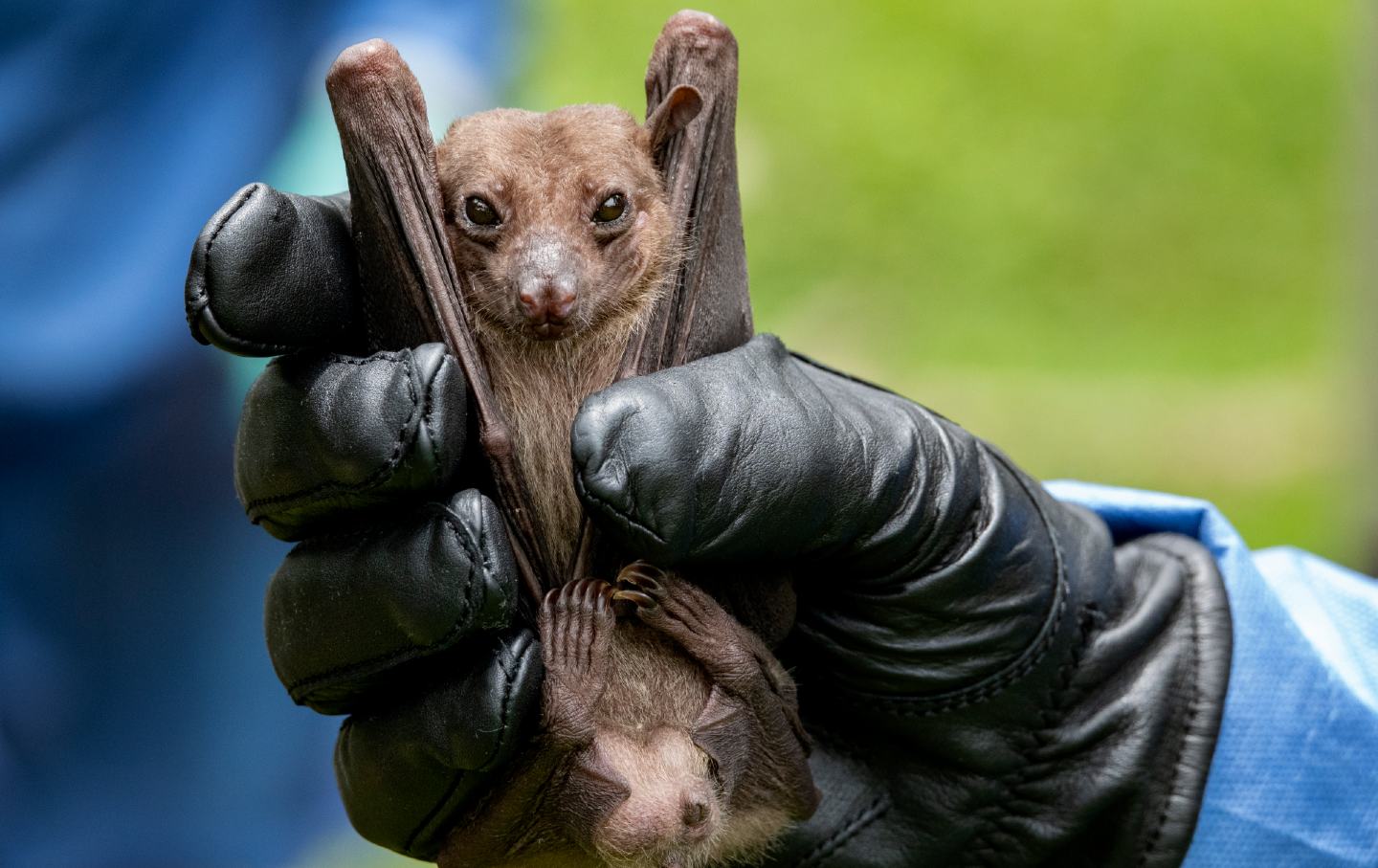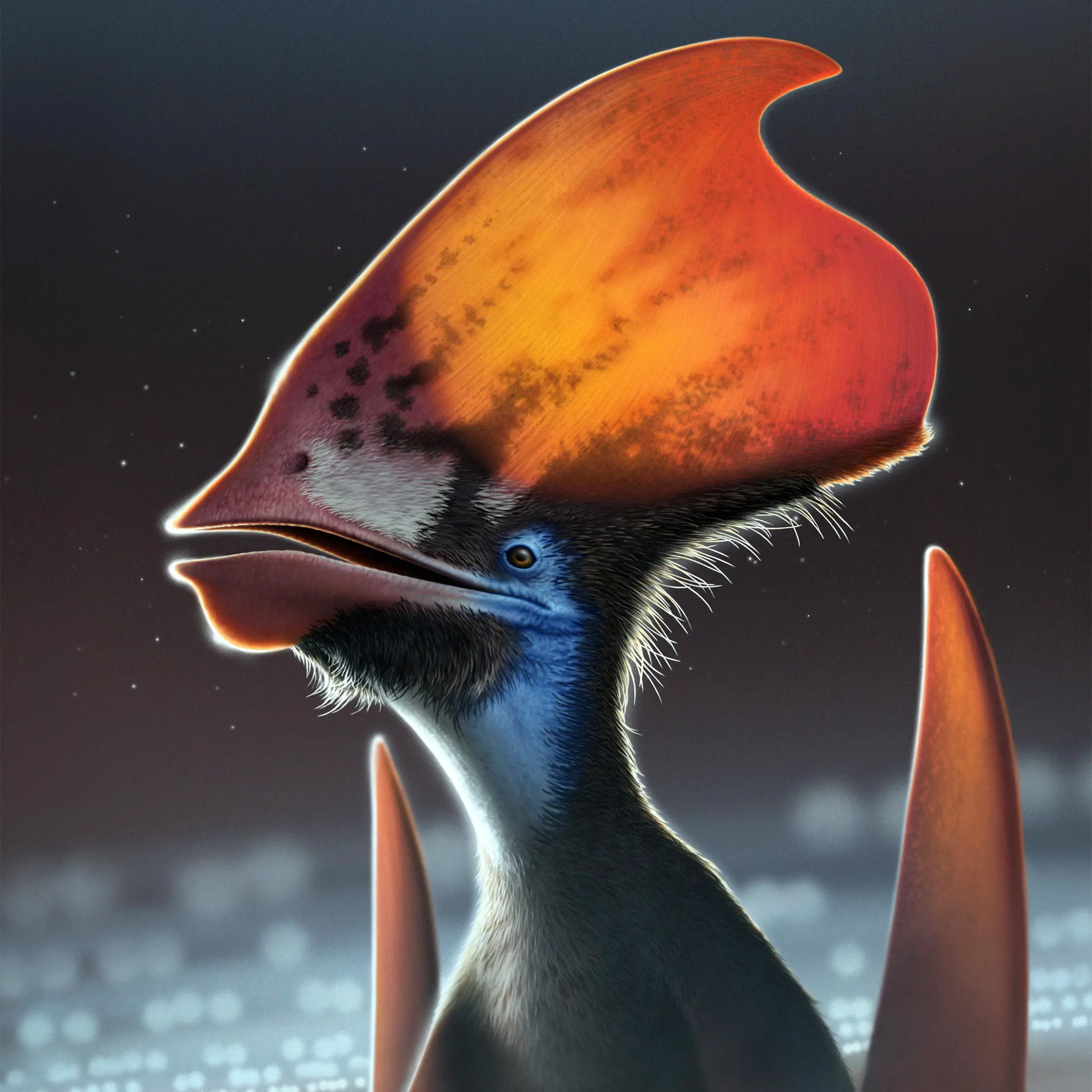No, birds are not mammals. Birds are a separate class of vertebrates known as aves, while mammals are a distinct group of warm-blooded animals that have mammary glands and hair or fur.
Birds are characterized by features such as feathers, beaks, and laying hard-shelled eggs. They are unique in their ability to fly, with some exceptions. Mammals, on the other hand, give birth to live young and feed them with milk produced by mammary glands.
They have hair or fur covering their bodies. While birds and mammals share common ancestry, they have distinct evolutionary adaptations that differentiate them from each other.
Birds: Fascinating Creatures Of The Sky
Birds, fascinating creatures of the sky, are among the evolutionary marvels of the animal kingdom. Throughout history, there has been an age-old mystery surrounding the classification of birds as mammals. Despite certain similarities, birds are not classified as mammals but rather as avian species.
They possess unique characteristics that set them apart, including feathers, beaks, and the ability to lay eggs. Birds are warm-blooded, like mammals, but what truly differentiates them is their ability to fly. Unlike mammals, birds have hollow bones that enable them to soar through the air with ease.
Their evolutionary journey has led them to develop adaptations that allow them to thrive in various habitats around the globe. So, while birds may not be classified as mammals, they are undoubtedly an incredible and diverse group of creatures, deserving of our admiration.
The Characteristics Of Birds
Birds are not mammals, but they possess unique anatomical features that define their species. Feathers, for instance, are nature’s perfect adaptation for flight, allowing them to soar through the air with ease and precision. Another characteristic is their hollow bones, which provide them with both lightness and strength, enabling aerial agility.
Additionally, birds have beaks and talons, which serve as tools for survival and hunting. These powerful beaks allow them to eat a wide variety of foods, while their sharp talons help them catch prey. Overall, these distinctive features make birds truly remarkable creatures in the animal kingdom.
Avian Adaptations For Flight
Birds are not mammals, but they have evolved remarkable adaptations for flight. One key adaptation is their efficient respiratory system, which allows them to maximize oxygen intake. Birds also have powerful muscles that enable sustained flight, helping them cover long distances.
Additionally, their streamlined bodies reduce air resistance, allowing them to move swiftly through the air. These evolutionary adaptations have enabled birds to conquer the skies and navigate different terrains with ease. Whether they are soaring high above or maneuvering through tight spaces, birds have developed unique characteristics that assist them in their airborne lifestyle.
From their specialized lungs to their strong muscles, these adaptations have played a crucial role in shaping the flight capabilities of birds. As fascinating as they are, birds continue to inspire awe and wonder as they effortlessly navigate their aerial domains.
The Mystery Of Avian Mammals: Their Connection
There has long been a misconception about birds being classified as mammals. However, this stems from a lack of understanding about their evolutionary connection. Birds are actually avian reptiles, closely related to dinosaurs, while mammals are a separate group. The distinction lies in several key characteristics.
For example, birds lay eggs, whereas mammals give birth to live young. Additionally, birds possess feathers, which is a unique trait not found in mammals. By examining the genetic and anatomical evidence, scientists have been able to shed light on the evolutionary history of birds and mammals.
This knowledge helps to dispel the misconception and provides a deeper understanding of the diverse forms of life on our planet. So, birds are not mammals, but rather a fascinating group of organisms with their own unique traits and evolutionary path.
Bird Reproduction: Unique Strategies
Birds, although they belong to the class Aves, are not mammals. Bird reproduction encompasses unique strategies. Their defining feature is egg-laying, a process that distinguishes them from mammals. Ensuring the safety of their offspring, birds engage in the meticulous task of nest-building.
A miracle of life occurs through incubation and embryonic development within the confines of a shell. The avian reproductive process is awe-inspiring and demonstrates the incredible diversity in nature. Birds have evolved various mechanisms for reproductive success, allowing them to adapt to different environments and fulfill their role in maintaining ecological balance.
Understanding the intricacies of bird reproduction not only enriches our knowledge of the natural world but also highlights the sheer wonder of life itself.

Credit: www.thenation.com
The Warm-Blooded World Of Birds
Birds are not mammals, but they are warm-blooded creatures just like mammals. Understanding how birds regulate their body temperature is essential to their survival. Birds have a high metabolic rate, which means they require a lot of energy to maintain their internal heat.
The ability to generate and maintain their own body heat is known as endothermy. Unlike ectothermic animals, such as reptiles, birds have the ability to regulate their body temperature independently of their environment. This gives them an advantage in adapting to different climates and environments.
So, while birds may not be mammals, they share similar traits when it comes to their warm-blooded nature and the energy requirements needed for their survival.
Avian Intelligence: Debunking Preconceived Notions
Birds are often associated with their ability to fly, but their intelligence goes much further. The cognitive abilities of birds have been documented, revealing surprising feats of learning and problem-solving. One area that showcases their advanced intelligence is tool usage and manufacturing.
Birds have been observed using tools to extract food or create nests, highlighting their resourcefulness. Furthermore, they possess complex signaling systems through vocalizations and communication. Bird songs have been studied extensively, and they have been found to have intricate patterns and meanings.
These findings challenge preconceived notions about avian intelligence, showing that birds possess a level of cognitive prowess that is often underestimated. By exploring their cognitive abilities and the remarkable behaviors they exhibit, we gain a deeper appreciation for the intelligence of these fascinating creatures.
The Dinosaur Connection: Birds As Living Dinosaurs
Birds are not mammals but their connection to dinosaurs is fascinating. Paleontology and genetic studies provide supporting evidence for this compelling link. By examining fossils and DNA analysis, scientists have discovered striking similarities between birds and certain dinosaur species. The presence of feathers, hollow bones, beaks, and wishbones in birds are traits inherited from their dinosaur ancestors.
Moreover, genes responsible for limb development in dinosaurs also play a role in bird wings. This evolutionary connection highlights the continuation of dinosaur traits in modern birds. As living descendants of the dinosaur lineage, birds offer valuable insights into the ancient world and contribute to our understanding of prehistoric life.
Exploring the fascinating link between birds and dinosaurs allows us to appreciate the enduring legacy of these magnificent creatures.
Bird Diversity: Beyond Traditional Categories
Bird diversity is much more than the traditional categories we assign them. Avian species showcase a vast array of adaptations and characteristics. Within this diversity, flightless birds stand out as a unique group with their distinct adaptations. Waterfowl and seabirds, on the other hand, have mastered their aquatic environments, thriving both in water and in the air.
And then we have birds of prey, nature’s fierce hunters known for their incredible hunting skills. From soaring to diving, these birds exhibit remarkable capabilities. Studying the different types of birds helps us appreciate the intricacies of nature and the beauty of their varied adaptations.
Conclusion: The Enigmatic World Of Feathered Flyers
Birds are not mammals, despite their remarkable evolutionary adaptations and staggering diversity. These feathered flyers have long captivated our imaginations with their ability to soar through the skies and enchant us with their melodic songs. While birds and mammals share certain similarities, such as being warm-blooded vertebrates, birds possess unique characteristics that set them apart.
For instance, they have feathers instead of fur or hair, lay eggs instead of giving birth to live young, and possess specialized respiratory systems to support their high metabolic rates. Through millions of years of evolution, birds have developed incredibly efficient adaptations for flight, diverse beak shapes, and an astonishing range of colors and patterns.
Diving into the enigmatic world of avian evolution and appreciating the wonders of their diversity certainly leaves us in awe of nature’s ingenuity. So, while birds may be commonly mistaken as mammals, they remain a captivating testament to the incredible diversity of life on our planet.
Conclusion
Birds are exciting creatures that have captivated humans for centuries. Although they share certain similarities with mammals, such as the ability to fly and reproduce, birds are not classified as mammals. Their unique characteristics, such as feathers, beaks, and the ability to lay eggs, set them apart from mammals.
Birds belong to the class Aves, while mammals belong to the class Mammalia. While both classes exhibit diverse forms and behaviors, they have distinct differences in terms of anatomy, reproduction, and physiological adaptations. Understanding the distinction between birds and mammals is crucial for both scientists and bird enthusiasts.
By clarifying these differences, we can better appreciate the incredible diversity of life on our planet and gain a deeper understanding of the unique adaptations that have allowed birds to thrive in various habitats. So, let us continue to marvel at the beauty, grace, and remarkable attributes of birds, as they continue to provide endless fascination and wonder to both amateur and professional naturalists alike.








